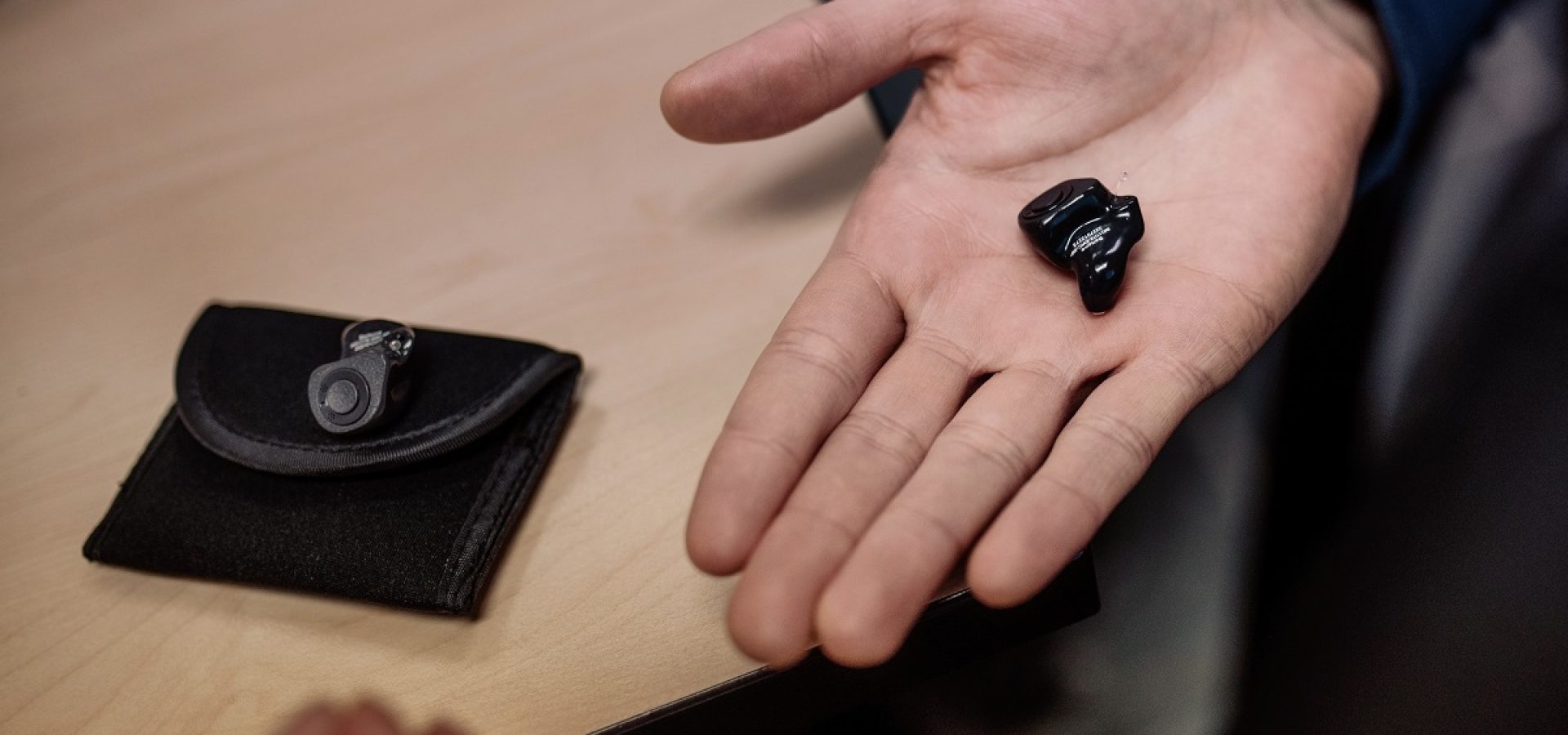Menu

Hearing loss can be a challenging experience, but hearing aids can help you regain your ability to communicate easily. With the wide variety of hearing aid types and styles available, knowing which one is right for you can be difficult. In this article, we will examine the several kinds and styles of hearing aids and provide tips on how to land on the one that fits your needs.
Types of Hearing Aids
There are two main kinds of hearing aids: analog and digital. Analog hearing aids amplify sound directly, while digital hearing aids convert sound waves into digital signals, amplifying the sound. Digital hearing aids are the most commonly used today, as they provide higher customization and adaptability to different sound environments.
Styles of Hearing Aids
Hearing aids come in various styles, each with its own set of advantages and disadvantages. Here are some of the most ubiquitous styles available in the market.
- Behind-the-Ear (BTE): This style is the most common and sits behind the ear. A plastic tube links the hearing aid to an ear mold inside the ear canal. This style is suitable for most kinds of hearing loss and is easy to adjust.
- In-the-Ear (ITE): These hearing aids sit inside the ear canal and are custom-made to hug the shape of the ear. They are less noticeable than BTE hearing aids but may not suit those with severe hearing loss.
- Receiver in Canal (RIC): This style is similar to BTE hearing aids, but the receiver sits inside the ear canal. RIC hearing aids are suitable for mild to moderate hearing loss and are less noticeable than BTE hearing aids.
- Completely in Canal (CIC): These hearing aids sit completely inside the ear canal, almost invisible. They are suitable for mild to moderately severe hearing loss but may not be suitable for those with small ear canals.
Factors to Consider When Selecting a Hearing Aid
When choosing a hearing aid, there are several components to consider, including:
- Degree of Hearing Loss: The degree of your hearing loss will determine which type and style of hearing aid best fits your needs.
- Lifestyle: Your lifestyle will also play a role in choosing a hearing aid. If you live an active lifestyle, you may prefer a water-resistant hearing aid or a longer battery life.
- Budget: Hearing aids can range in price from a few hundred to several thousand dollars. It is critical to select a hearing aid that fits your budget.
- Comfort: Comfort is also key when choosing a hearing aid. You will be wearing it for multiple hours a day, so it must fit comfortably and not cause any irritation.
There are several kinds of hearing aids that you can buy today, each with its unique design and features. Some hearing aids are designed to fit inside the ear canal, while others attach behind the ear. The style of your hearing aid will impact how comfortable it is to wear, so it’s crucial to pick a style that fits your needs and preferences.
- User-Friendliness: The hearing aid should be easy to use and adjust. Some hearing aids come with remote controls or smartphone apps that allow you to tailor the settings to your needs.
Conclusion
Choosing the right hearing aid is essential for improving your quality of life. You can find the perfect hearing aid type and style by considering the degree of your hearing loss, lifestyle, budget, comfort, and user-friendliness.
Don’t hesitate to seek the guidance of a hearing healthcare professional who can help accompany you through the procedure and help you arrive at an educated decision for your needs. You can enjoy better communication and a more fulfilling life with the right hearing aid.
If you’re looking for high-quality hearing aids in Langley, look no further than Fraser Valley Beltone. Our team of hearing experts can help you find the perfect hearing aid to suit your needs, whether you’re looking for a discreet device or one with advanced features. Contact us today to schedule a consultation and take the first step toward better hearing.
Share Post
Facebook
Twitter
LinkedIn
Email
Reddit
Pinterest
